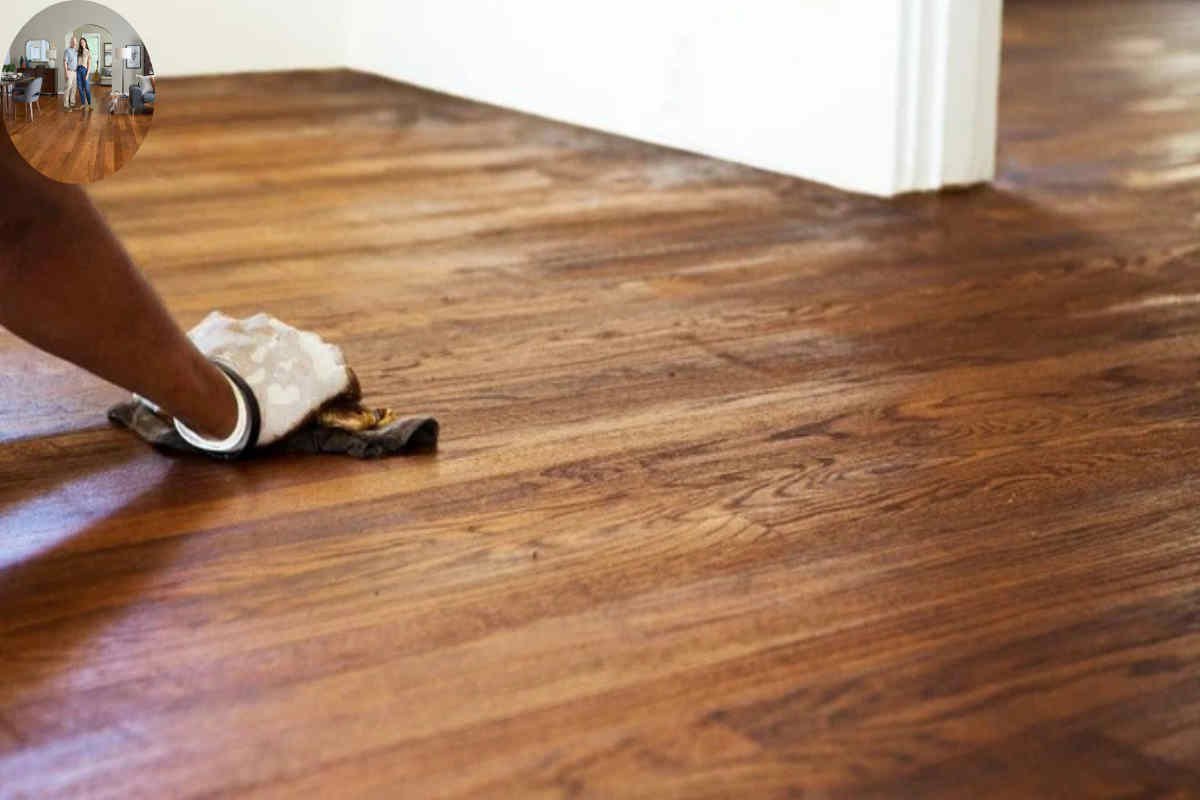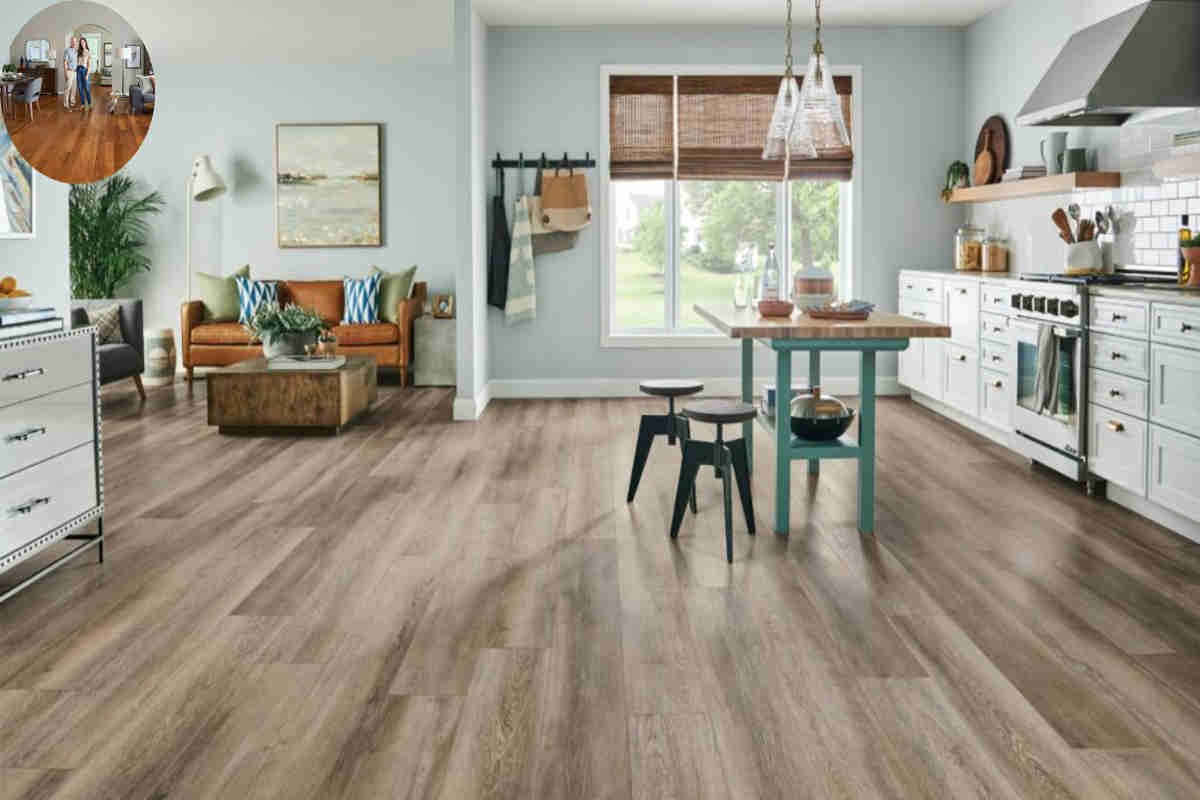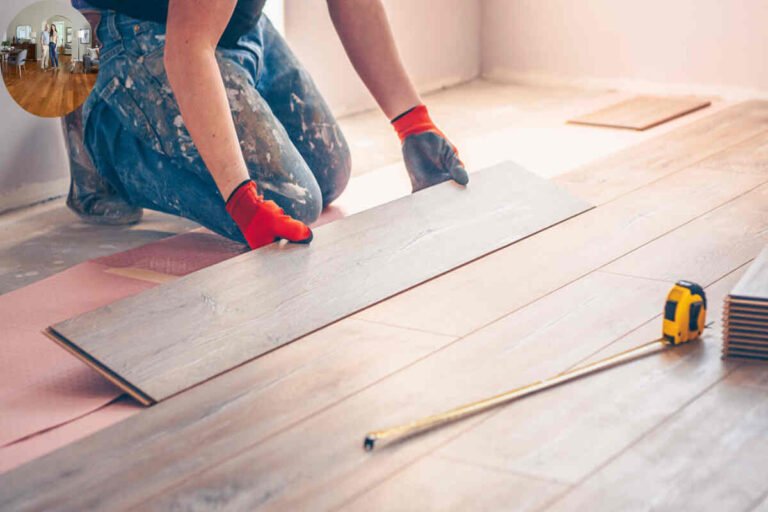When enhancing your home’s appeal and market value, choosing the right flooring material is crucial. The flooring not only defines the aesthetic and ambiance of your living space but also plays a significant role in durability, maintenance, and overall investment return. From timeless hardwood and elegant natural stone to versatile vinyl and eco-friendly cork, the options available can transform your home instantly while adding substantial value. This guide explores the top flooring materials that combine beauty, functionality, and long-term value, helping you make an informed decision for your home improvement project.
Hardwood Flooring: Pros and Cons
Hardwood flooring is often hailed for its timeless beauty and durability. This natural material can elevate any space, making it a favorite among homeowners.
One major advantage is the aesthetic appeal. It adds warmth and elegance to living areas, which many potential buyers find attractive. Additionally, hardwood floors can increase home value significantly over time.
However, there are drawbacks to consider. Hardwood is susceptible to scratches and dents, especially in high-traffic areas or homes with pets. Maintenance requires regular refinishing every few years to keep them looking their best.
Installing hardwood flooring can be expensive compared to other options on the market.
Humidity levels also pose a challenge; wood expands and contracts with changes in moisture, potentially leading to gaps or warping if not properly maintained.
Laminate Flooring: Affordable and Durable Option
Laminate flooring has gained popularity due to its affordability and impressive durability. Unlike solid wood, laminate offers a budget-friendly alternative that still provides the elegant look of hardwood.
It’s made from high-density fiberboard topped with a photographic layer miming various materials. This means you can achieve stunning aesthetics without breaking the bank.
One major advantage is its resistance to scratches and stains. Families with pets or young children often find this feature invaluable, as it maintains its appearance longer than other options.
Installation is also straightforward. Many types come with click-lock designs, making it easy for DIY enthusiasts to tackle their projects without professional help.
With minimal upkeep required, laminate flooring remains an attractive choice for homeowners looking to enhance their living spaces while keeping costs down.
You may also read (can you paint home kitchen floor tile white).
Tile Flooring: Versatile and Long-Lasting Choice
Tile flooring stands out as a versatile option for homeowners. It caters to different tastes and budgets and is available in various materials like ceramic, porcelain, and natural stone.
Its durability is another key appeal. Tiles are resistant to scratches, moisture, and stains. This makes them ideal for high-traffic areas like kitchens and bathrooms.
Maintenance is simple, too. A quick sweep or mop keeps tile floors looking fresh. Plus, they can last decades with proper care.
The aesthetic options are endless. From sleek modern designs to intricate patterns reminiscent of classic styles, tile can enhance any decor theme.
This adaptability adds practical value to your home’s ambiance.
Vinyl Flooring: Budget-Friendly and Low-Maintenance Option
Vinyl flooring has gained immense popularity for its affordability and ease of maintenance. Homeowners appreciate how it delivers a polished look without breaking the bank.
Vinyl can mimic hardwood or tile in various styles, offering versatility that fits any aesthetic. This adaptability makes it an attractive option for kitchens, bathrooms, and living areas.
Cleaning is a breeze with vinyl; occasional sweeping and mopping are usually sufficient to keep floors looking fresh. Plus, it’s resistant to stains and moisture—ideal for busy households.
Installation is often straightforward as well. Many vinyl products feature peel-and-stick options or click-lock designs that allow DIY enthusiasts to tackle projects with minimal hassle.
With its durable nature, this type of flooring withstands heavy foot traffic while maintaining its charm over time. It’s an excellent choice for those seeking value without sacrificing style or comfort.
You may also read (does new flooring really increase your homes value).
Carpet Flooring: Comfortable and Warm Choice
Carpet flooring offers a level of comfort that few other materials can match. It’s soft underfoot and ideal for living rooms, bedrooms, and play areas. The plush texture invites you to relax and unwind.
It acts as an insulator, helping keep your home cozy while potentially reducing energy costs. This feature can be especially appealing in colder climates.
A wide range of colors and patterns allows homeowners to personalize their spaces easily. Whether you prefer bold designs or subtle hues, every style has a carpet option.
Maintenance is straightforward, too; regular vacuuming keeps carpets looking fresh and new. With advancements in stain-resistant technology, spills are less daunting than before.
Choosing the right padding further enhances the experience by adding durability and cushioning beneath your feet.
Factors to Consider When Choosing Flooring for Your Home
When selecting flooring for your home, consider several factors that can significantly impact both aesthetics and value. Start with the needs of your household. Do you have pets or young children? If so, durability is key. You should lean towards options like laminate or tile.
Next, think about maintenance requirements. Some materials demand more care than others. For instance, hardwood needs refinishing over time, while vinyl offers a low-maintenance solution.
Budget is another crucial aspect. Higher-end materials like hardwood can elevate your home’s value but incur greater upfront costs. Weigh this against how long you plan to stay in your home and whether these investments will pay off when it’s time to sell.
Consider the climate where you live. Humidity can affect certain types of flooring differently; for example, wood may warp in damp environments, while tiles stand resilient.
By carefully evaluating these factors alongside aesthetic preferences and overall functionality, you’ll make a choice that enhances your living space and contributes positively when asking the question: does flooring increase home value?
You may also read (how to choose the best kitchen flooring for your home).
